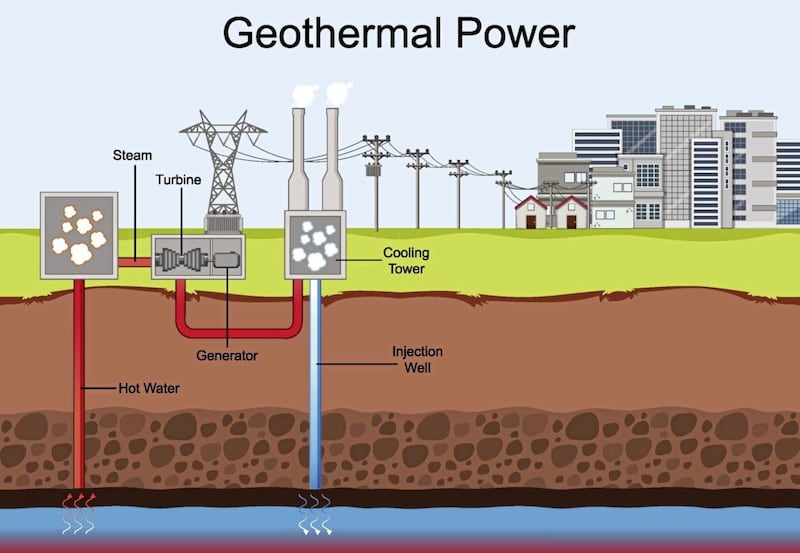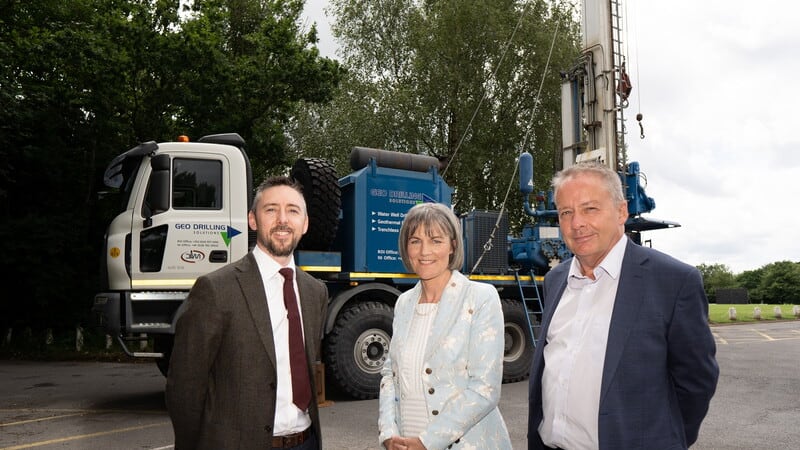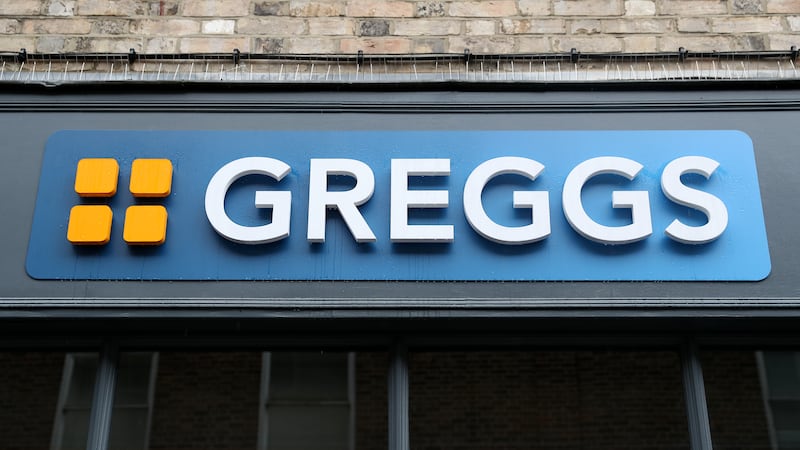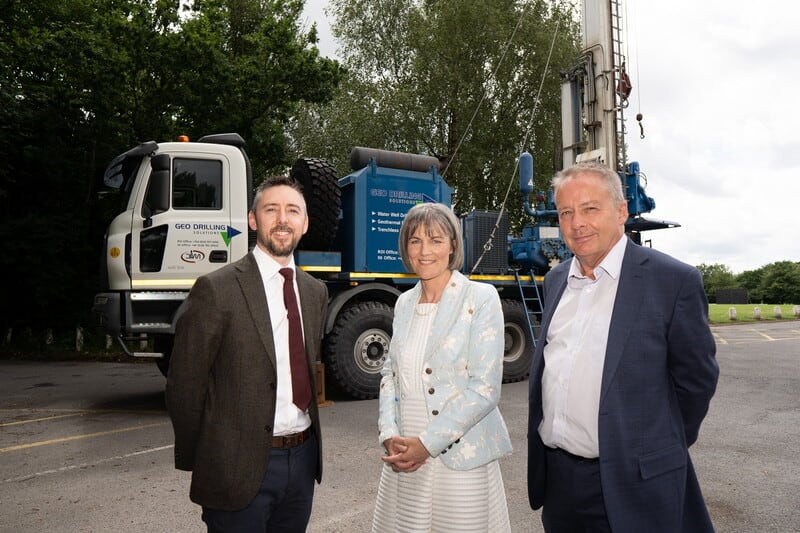TWO sites in Northern Ireland are to become test beds to explore the commercialisation of geothermal energy, which in turn could help the region to cut its imports of fossil fuels and lower fuel bills.
Geothermal is energy stored as heat within the earth's core. It offers a sustainable way of producing a continuous supply of low carbon, renewable heat and with the potential to produce electricity.
And given that the UK has enough geothermal energy trapped underground to heat every home for a hundred years £3 million project from the Department for the Economy (DfE) is designed to ‘unearth the heat beneath our feet’.
The project, known as GeoEnergy NI, will examine both shallow and deep geothermal at two sites - the Stormont Estate in Belfast, and the College of Agriculture, Food and Rural Enterprise's Greenmount campus in Antrim.
Available 24/7 and year-round, regardless of the weather, this particular source of energy is not new and has been used by people for thousands of years for heating and cooling.
Today, geothermal energy is used around the world in many countries including New Zealand, Italy, Germany and the Netherlands, and there are several significant geothermal energy projects being delivered in the UK including at the Eden Project in Cornwall.
Deep geothermal energy is abundant in Iceland owing to its unique geology but countries in western Europe are increasingly using geothermal energy to help produce green heating.

Already more than 250,000 homes in Paris rely on geothermal heating and the German government has committed to spending €1bn (£860m) before 2035 to create 100 geothermal projects.
“GeoEnergy NI is a milestone project of our energy strategy action plan, which focuses on delivering a reduction in energy-related emissions as part of the pathway to deliver net zero carbon and affordable energy by 2050,” according to DfE permanent secretary Mike Brennan.
“This project will increase our understanding of the potential role that geothermal energy can play in Northern Ireland’s green economy and future energy mix.
“GeoEnergy NI has the potential to be a catalyst for growth in the geothermal sector.
“As a reliable, low carbon, renewable energy resource that occurs naturally within the earth, geothermal also brings with it a host of environmental, economic, and social benefits.
“It will play a vital role in helping the sector to develop, increase Northern Ireland’s future security of energy supply and ensure we can maximise this valuable renewable energy source for generations to come.”
GeoEnergy NI is being delivered by DfE with scientific support from the Geological Survey of Northern Ireland (GSNI) and a specialist contractor team led by Tetra Tech Europe.
Marie Cowan, director of GSNI, said: “Geothermal is regarded as one of the most environmentally friendly ways of producing local, sustainable, and low-carbon energy.
“Northern Ireland is very fortunate to have favourable geology with significant untapped potential for geothermal energy right beneath our feet.
“Building on our extensive data, research, and mapping to date, GeoEnergy NI will provide us with invaluable data to help us realise this potential and deepen our understanding of the subsurface even further.




